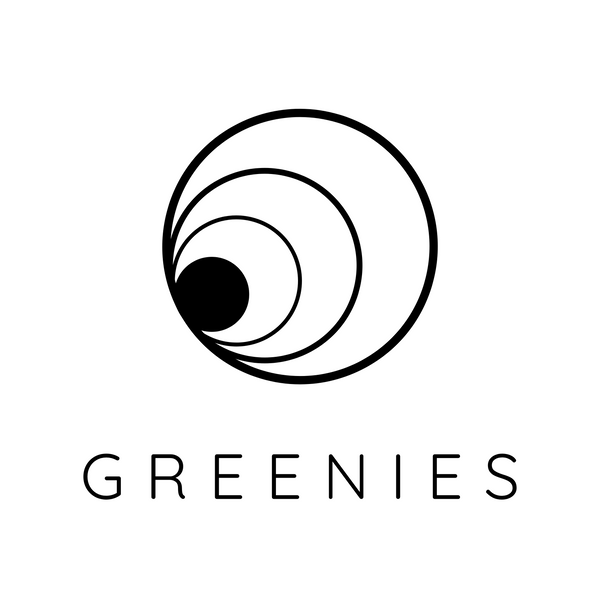Size Reference
| Size | US | UK | EU | JP | KR | Denim |
|---|---|---|---|---|---|---|
| XXS | 00-0 | 2 | 30 | 1 | 23 | 23 |
| XS | 0-2 | 4-6 | 32 | 3-5 | 24 | 24-26 |
| S | 4-6 | 8-10 | 34 | 7-9 | 25 | 27-28 |
| M | 8-10 | 12-14 | 36 | 11-13 | 26 | 29-30 |
| L | 12-14 | 16-18 | 38 | 15-17 | 27 | 31 |
| XL | 16-18 | 20-22 | 40 | 19-21 | 28 | 32+ |
| Size | US | UK | EU | JP | KR | Denim |
|---|---|---|---|---|---|---|
| XXS | 00-0 | 2 | 30 | 1 | 23 | 23 |
| XS | 0-2 | 4-6 | 32 | 3-5 | 24 | 24-26 |
| S | 4-6 | 8-10 | 34 | 7-9 | 25 | 27-28 |
| M | 8-10 | 12-14 | 36 | 11-13 | 26 | 29-30 |
| L | 12-14 | 16-18 | 38 | 15-17 | 27 | 31 |
| XL | 16-18 | 20-22 | 40 | 19-21 | 28 | 32+ |
| NEW WITH TAGS: | New and never worn, still with the original tags attached (also to describe shoes, that have not been worn). |
| LIKE NEW: | Has only been worn up to a few times and in good condition. |
| WORN: | Worn regularly and may have visible defects or signs of wear. |
| VINTAGE: | Typically 20 years or older, may have visible defects due to its age. |
Items are priced according to their condition.
If you shop in product descriptions you may check the condition via the condition tags attached to each product.
| Sold Price (HK$) | Cash Rebate | Store Credit Rebate |
|---|---|---|
| Under $100 | 5% | 5% |
| $100 – $249 | 10% | 15% |
| $250 – $499 | 35% | 40% |
| $500 – $799 | 50% | 60% |
| $800 – $1,499 | 55% | 65% |
| $1,500 – $2,499 | 60% | 70% |
| $2,500 – $3,999 | 65% | 75% |
| $4,000 – $5,999 | 70% | 80% |
| $6,000 – $8,999 | 75% | 85% |
| $9,000+ | 80% | 90% |
#WeAreGREENIES | FREE delivery for orders $750 & above

During the work-from-home period, many people found time to declutter their wardrobes. But what can you do with clothes you no longer wear? A new trend emerged during the pandemic—reselling second-hand clothes. Driven by growing environmental concerns and an increasing interest in sustainable fashion, many started adopting minimalist lifestyles and embracing the idea of “less is more.” Instead of discarding clothes, people are selling them—known as “resale” internationally, and “selling second-hand clothes” locally in Hong Kong. Platforms like ThredUP, Poshmark, and the recently listed RealReal are leading the charge globally, showing that fashion can be truly sustainable.
Green Living and the Rise of Second-Hand Social Enterprises
GREENIES has clear standards for the second-hand clothing it accepts: items must be in good condition with no damage or missing components. Clothes that are torn, pilled, stained, missing buttons, missing accessories, or have odors cannot be collected. Although inventory comes from donations, there’s significant upfront work involved—sorting, minor cleaning, button repair, grading by quality, and covering warehouse and staffing costs.
The Founding of GREENIES and the Story Behind It
During the pandemic, people spent more time at home and wore fewer outfits for going out, leading to two key realizations: “Do I really need this many clothes?” and “What should I do with my old outfits?” While wardrobes kept growing, little was actually worn out, and options for responsibly dealing with clothing were limited. Recognizing this need, the founder observed a gap in the market: many busy Hongkongers simply don’t have the time to sort or sell their clothes. Although platforms like Greenladies, Carousell, and Retrovert exist, few offer pickup services. So GREENIES was launched to make resale more accessible—offering an easy-to-book, convenient pickup option to eliminate barriers for those who want to support circular fashion.











